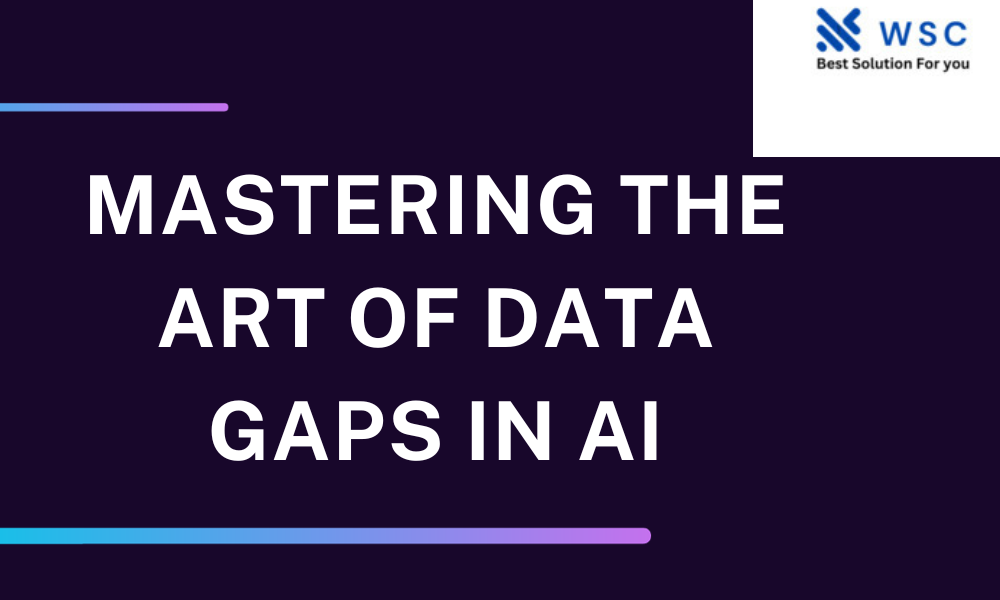Introduction
In the world of artificial intelligence and data science, the quality of your data can make or break your model’s performance. One common challenge that data practitioners often encounter is dealing with missing data. In this post, we’ll explore the importance of handling missing data and provide you with practical code examples to effectively manage this issue in your AI projects.
The Significance of Handling Missing Data
Missing data can arise from various sources, including sensor failures, data entry errors, or simply the absence of information. Ignoring missing data or handling it improperly can lead to biased results, reduced model accuracy, and even model failure. Therefore, it’s crucial to address this issue diligently.
Practice Code: Identifying Missing Data
import pandas as pd
# Load your dataset
data = pd.read_csv('your_data.csv')
# Check for missing values
missing_values = data.isnull().sum()
print(missing_values)
The code above loads your dataset using the Pandas library and then checks for missing values in each column. This initial step helps you understand the extent of missing data in your dataset.
Strategies for Handling Missing Data
Once you’ve identified missing data, you can employ various strategies to handle it effectively.
Practice Code: Removing Rows with Missing Data
# Remove rows with missing data
data_cleaned = data.dropna()
This code removes rows containing missing values from your dataset. While this approach can be quick and effective, it may lead to a significant loss of data, especially if the missing values are prevalent.
Practice Code: Imputing Missing Values
# Impute missing values with the mean of the column
data_imputed = data.fillna(data.mean())
Here, missing values are replaced with the mean of their respective columns. Imputation helps retain more data while addressing missing values, but it can introduce bias if not done carefully.
Conclusion
Handling missing data is a fundamental skill for data scientists and AI practitioners. Neglecting this issue can undermine the quality of your models and analyses. By identifying and implementing appropriate strategies, such as removal or imputation, you can ensure that your AI projects are built on a solid foundation of clean and complete data.
Check our tools website Word count
Check our tools website check More tutorial




